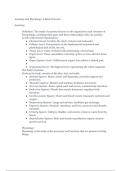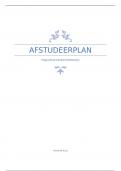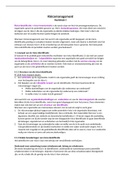Summary
Samenvatting - Multinationale Bedrijfsstrategie (Y00645)
- Course
- Institution
- Book
Samenvatting van het vak Multinationale Bedrijfsstrategie gebaseerd op de slides en het handboek van Verbeke. Geschreven in een combinatie van Engels & Nederlands.
[Show more]







